China: An Economic Blip?
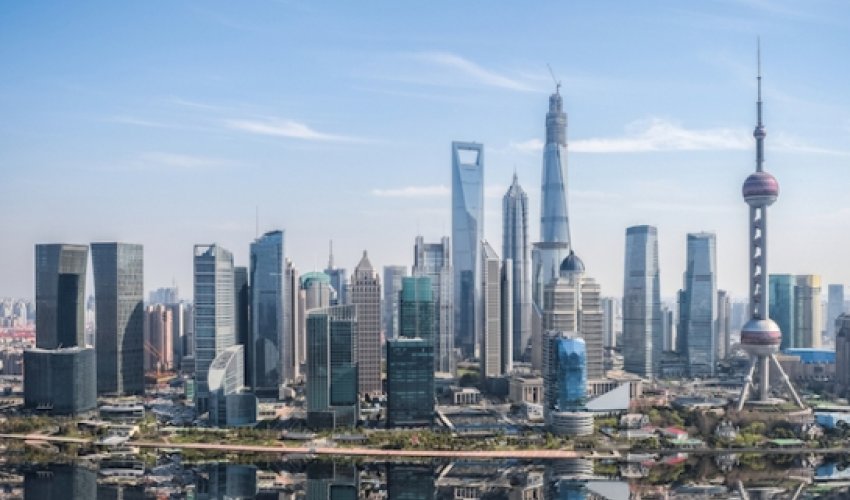
Earlier this year, the country long-heralded as an engine of global growth quickly became a source of collective woe. China’s enormous economy grew at its slowest pace in 18 months in the first quarter, leading economists to reduce their growth forecasts and equities investors to shift to a bearish stance. The slowdown proved short-lived, though, and growth in the Middle Kingdom picked up again in the second quarter. Still, a large swath of the market remains unconvinced: did the economy actually turn a corner or is the upswing merely a temporary blip? Chinese policymakers can claim some credit for helping the economy shake off the blues. Moderate policy measures the government instituted in a bid to help the economy seem to have worked, including accelerating investment in railways and lowering corporate tax rates for small and medium-sized businesses. And a handful of economic indicators are flashing green, including factory activity, which expanded in June for the first time in six months, according to the HSBC/Markit Flash Manufacturing Purchasing Managers’ Index. Particularly impressive was the sub-index for new orders, which hit a 15-month high. Economists also stopped lowering their growth expectations: the average forecast currently sits at 7.3 percent for the year, not far from the government’s target of 7.5 percent. But lurking beneath this apparent progress are persistent structural problems, according to Andrew Garthwaite, an equity strategist in Credit Suisse’s Investment Banking Division. His main source of concern is China’s property market. Real estate prices, which were on a constant upswing for nearly two years, finally reached untenable levels, and the average prices of new homes in 70 major cities fell 0.2 percent in May and then 0.5 percent in June. And the boom could easily turn into bust, as headlong construction threatens to create a marked excess in supply. Housing starts are 22 percent higher than the number of homes sold, while vacancy rates are at least 15 percent in urban areas, according to Credit Suisse. And China won’t be able to brush off a housing decline: real estate investment accounts for one-fifth of China’s gross domestic product and one-third of local government revenue. There are other indicators that don’t sit well with economists either. The job offer to applications ratio, for example, has hit a new high. That points to a shortage of manual labor, which could hamper any renewed growth. Iron ore prices have fallen as well, suggesting a slowdown in steel production and infrastructure investment. And the portion of GDP accounted for by investment—currently at 46 percent—is the highest it’s ever been. That’s worrisome, Credit Suisse says, because investment-driven growth (as opposed to consumer-led) is causing excess capacity in sectors like automotive, as well as deflation in the producer price index, which measures the average change in the selling prices received by domestic producers. And this all points to an inescapable reality for China: it can’t be Superman forever. It’s unlikely that even the long-term reforms the government is undertaking—from land reform to allowing markets a greater role in setting prices—can stop the law of large numbers from bringing the country’s growth rate down sooner or later. China could continue to defy traditional theories about how long developing economies can grow at a high rate; so far, it’s done just that. But China’s economy will be 80 percent larger in 2014 than it was in 2008, and the larger it becomes, the harder it will be to maintain a high rate of growth. Also, as the middle class grows and wages increase, China won’t have as much cheap manufacturing labor to prop up high growth rates. Garthwaite believes that growth would have to dip below 5 percent for the slowdown to have a seriously negative impact on equities and global GDP. Since that’s not going to happen tomorrow, Credit Suisse still recommends a benchmark weighting to institutional investors despite concern about the real estate imbalance. In part, that’s because China has huge fiscal flexibility: while official figures show government debt to GDP at 56 percent of GDP, the country could conceivably finance a debt to GDP ratio of 170 percent. But things are only going to get more challenging from here. “The big problem in China is when growth really slows down meaningfully,” Garthwaite says. “Our view is optimistic, but in the medium term we’re nervous.”(thefinancialist.com)Bakudaily.az
























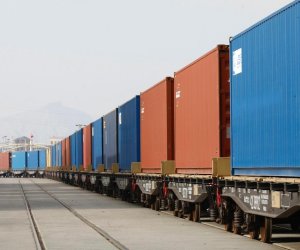


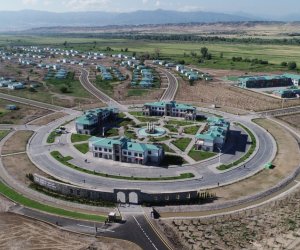



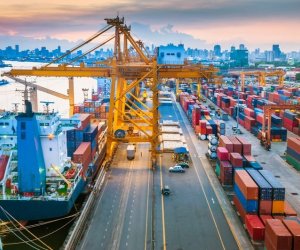
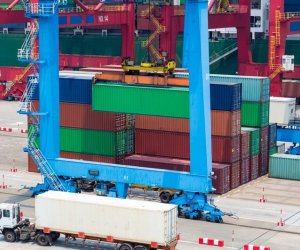



 Photo
Photo 



 Video
Video 

